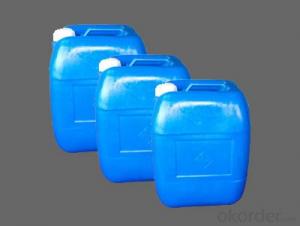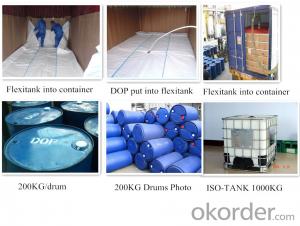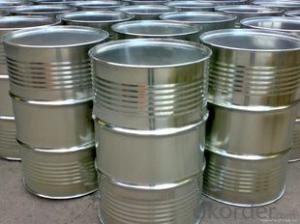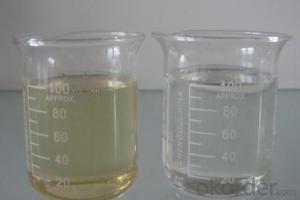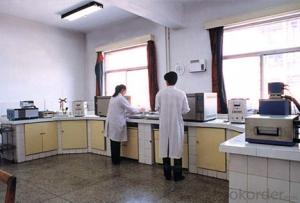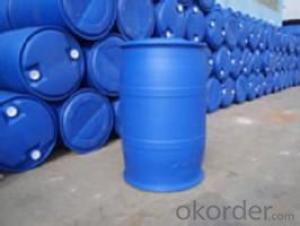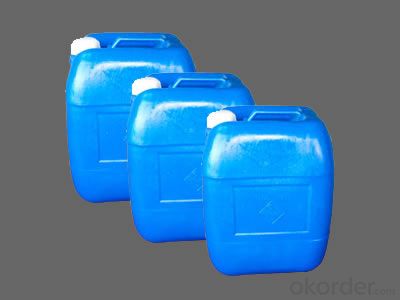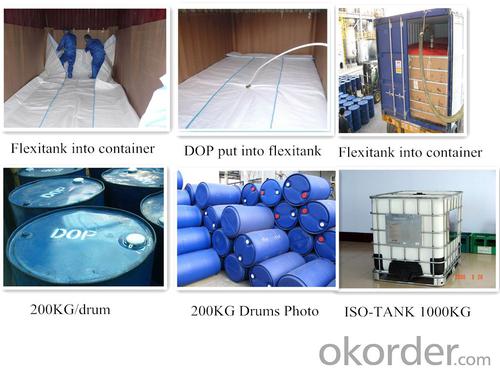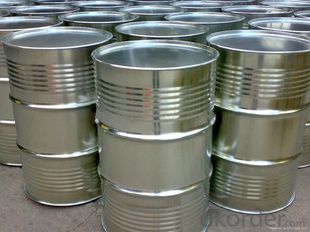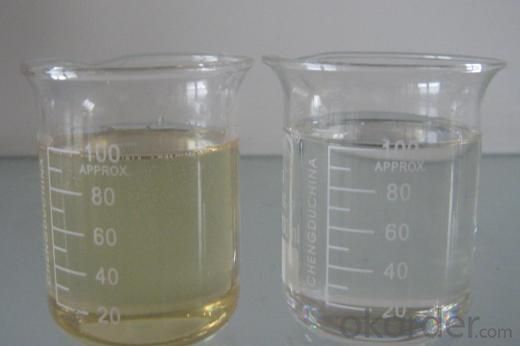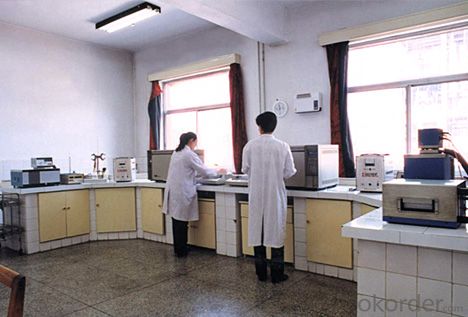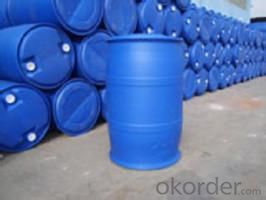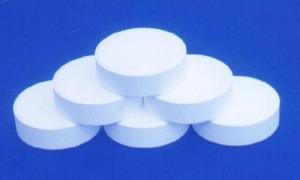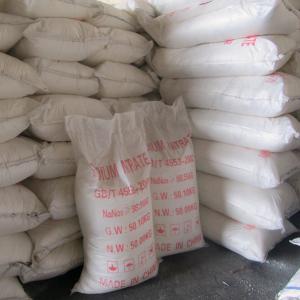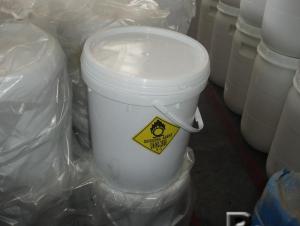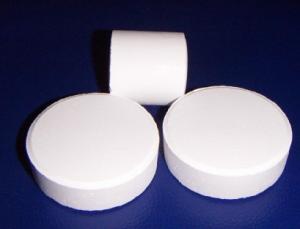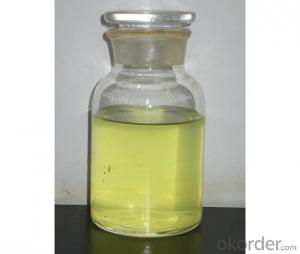Environment-Friendly Plasticizer DEDB 99%
- Loading Port:
- Tianjin
- Payment Terms:
- TT OR LC
- Min Order Qty:
- 16.8
- Supply Capability:
- 8000 m.t./month
OKorder Service Pledge
OKorder Financial Service
You Might Also Like
Product performance:
Polyol Benzoate (DEDB) is colorless or pale yellow transparent oily liquid, water-insoluble, soluble in aromatic hydrocarbons, ketones and ethers, and has good compatibility withpolyvinyl chloride, ethylene - vinyl acetate copolymer, poly vinyl acetate, polymethylmethacrylate, polyvinylbutyral, nitrocellulose, and ethyl cellulose, etc.
Product application:
Polyol Benzoate(DEDB) is an environmentally friendly plasticizer with the characteristics of strong solubility, good compatibility, low volatility,resistant to oil, water, light, pollution etc. It is suitable for processing PVC flooring material, plastisol, artificial leather, cable material, soft and hard pipe, shoes material, rubber strips, synthetic rubber, and paint, printing ink, etc. It has a better plasticized effect if it is used together withDOP or DBP, and has greatly achieved the purpose of reducing cost .
Product quality index
Item | First grade | Second grade |
Chroma(APHA) ≤ | 50 | 60 |
Ester % ≥ | 99.5 | 90.0 |
Density(20°C)g/ | 1.120-1.126 | 1.172-1.78 |
Acidity(as benzene dicarbonic acid) % ≤ | 0.01 | 0.02 |
Flash Point °C ≥ | 195 | 192 |
Loss on heat(125°C,2 hours)% ≤ | 0.3 | 0.5 |
Chroma after heat treatment | 80 | 100 |
Specifications
1. Direct producer with 15 years experience
2. ISO9001:2000
3. High quality, lower price and best service
4. New plasticizer
Packaging: IBM, net weight: 1000 kg.
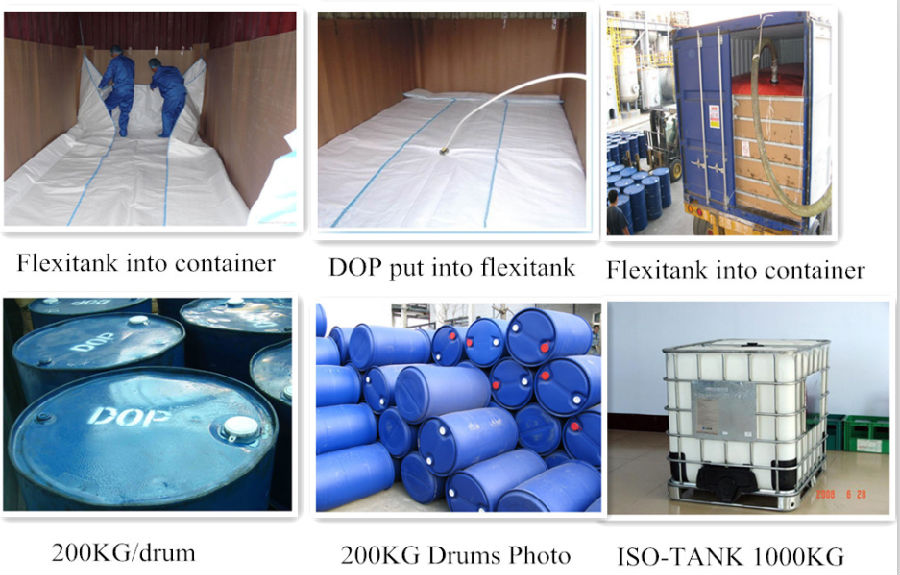 Our Factory:
Our Factory:
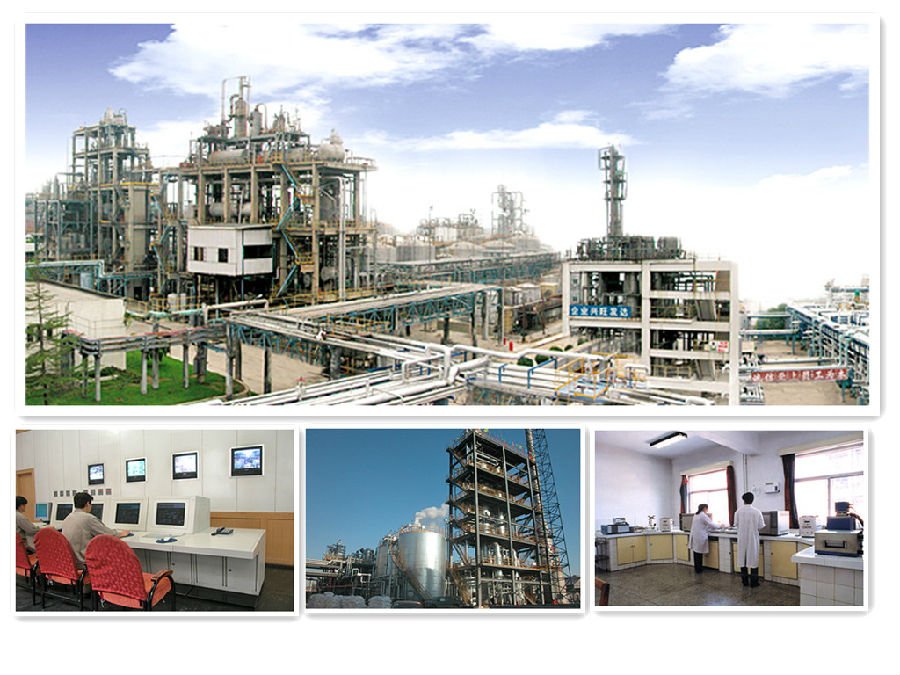
- Q: High school chemistry, catalyst activation energy map
- Catalytic reaction is the reaction of the first reaction with the catalyst or attached to the catalyst to form intermediates, and then further reaction to produce products and catalysts, so the amount of catalyst in theory is the same! The activation of these two processes can be reduced! So there will be two peaks! Can be simplified as a peak!
- Q: Have you Read it ? If SoCan You Think Of Any Good Group Discussion Questions ?
- Discussion and Essay Questions What is a catalyst? Who are the catalysts in this book? Why? What is Kate running from? How did she get lost (literally and figuratively)? Why does Kate hate English class? What are some of the myths surrounding the college application process? About high school? About kids like Kate? Kids like Teri? Find the list of vocabulary words given out for homework in Kate's English class. The author deliberately chose them. What is their significance? Why do authors do things like that? Does this make you hate authors? (joke... just wanted to see if you're paying attention) Discuss these image systems (symbols) found in the book: a. chemistry b. periodic table c. vision/sight d. movement vs. being stuck e. electricity What examples of safety awareness and danger can you find? How are they connected to each other? Make a list of all the elements and chemical terms used as chapter headings in the book. Explain how the chapters headings refer to the action with each chapter. Find the hints of Alice in Wonderland in the book. How does the story of Alice's journey reflect Kate's? Catalyst takes place in Merryweather High School, also the setting for Speak. What connections link the two books? How is food used in this book? Why don't we learn more about the life of Teri Litch (hint: examine the book's POV) How is Kate's relationship with her father? Why is it that way? Does it change over the course of the book. (Give examples for each answer.) Discuss the role of religion in this book. What does Kate believe in? Teri? Mitchell? How and why does Kate's relationship with Teri change after Mikey's death? Why are the three sections of the book labeled Solid, Liquid and Gas? Who is the most important character in this book? Why? How do the characters in Catalyst deal with defeat?
- Q: What are the properties of the catalyst (eg, specificity)?
- The composition, chemical properties and quality of the catalyst itself do not change before and after the reaction; its relationship with the reaction system is as highly selective (or specific) as the relationship between the lock and the key. A catalyst is not for all Chemical reactions are catalyzed, for example, manganese dioxide in the thermal decomposition of potassium chlorate in the catalytic role to speed up the chemical reaction rate, but other chemical reactions do not necessarily have a catalytic effect.Some chemical reaction is not only a single catalyst, such as potassium chlorate Thermal decomposition can play a catalytic role in the magnesium oxide, iron oxide and copper oxide and so on.
- Q: Where are they good catalysts and why?? THanks!
- A catalyst is a substance that speeds up a chemical reaction by providing an alternate reaction pathway with a lower activation energy. Catalysts appear not to take part in the reaction. Frequently, catalysts are not very reactive. Acids and bases, on the other hand, are very reactive. Acids (as H+) and bases ( as OH-) sometimes function as catalysts in some organic reactions. They appear to be catalysts because in the course of the mechanism H+ or OH- is regenerated.
- Q: Why extract the genome, the digestion is always not cut
- The process of metabolism in the body contains many complex and regular material metabolism and energy changes.Green plants and certain bacteria use solar energy, water, CO2 and inorganic salts and other simple substances, after a series of changes, the synthesis of complex sugar, Fat, protein and other macromolecules, and animals and the use of these plants in the material, and through the complex decomposition and synthesis, the reaction into their own part of the need to grow, breeding, etc. In the laboratory, complex The synthesis and decomposition of organic matter must be carried out under severe conditions such as high temperature, high pressure, strong acid and alkali, such as starch and protein hydrolysis, and some reactions are difficult to carry out in vitro, such as protein synthesis, but in biological conditions Mild (370C or so, near neutral pH), these reactions can be carried out smoothly and quickly.For example, animals eat meat in the digestive tract only a few hours will be completely digested and decomposed; bacteria in the appropriate conditions, Twenty minutes to proliferate generation, in this short twenty minutes, the synthesis of new cells within the need for all the complex substances, etc., what is the reason? This makes the chemical reaction in the body easier And the root cause of rapid progress is the prevalence of a catalytic role in the body of the protein - enzyme.
- Q: Hydrogen and nitrogen in the high temperature and pressure and catalyst conditions for the synthesis of ammonia chemical equation
- 3H2 + N2 catalyst iron ---> 2NH3 conditions high temperature and high pressure
- Q: Does the nature and quality of the catalyst itself change before and after the chemical reaction?
- The catalyst is not consumed in the chemical reaction. They are able to be separated from the reactants, either before or after the reaction. However, they may be consumed at a certain stage of the reaction and then regenerated before the end of the reaction.
- Q: What is the meaning of catalyst in chemistry?
- In the chemical reaction can change the reaction rate of chemical reaction (increase or decrease) without changing the chemical balance, and its own quality and chemical properties in the chemical reaction before and after the material did not change the catalyst.
- Q: What are the catalysts?
- The relationship between it and the reaction system is as highly selective (or specific) as the relationship with the key. A catalyst does not catalyze all chemical reactions, such as manganese dioxide in the decomposition of potassium chlorate Play a catalytic role to speed up the chemical reaction rate, but the other chemical reactions do not necessarily have a catalytic effect
- Q: how do catalysts help in green chemistry?
- Catalysts reduce the energy barrier for reactions, meaning they require less energy to make the forward reaction go. This means less heat, light, or other energy sources are required to perform the same reaction without a catalyst. Also, by definition, a catalyst is not consumed in a reaction and can therefore be recycled many many times before replacement is necessary.
Send your message to us
Environment-Friendly Plasticizer DEDB 99%
- Loading Port:
- Tianjin
- Payment Terms:
- TT OR LC
- Min Order Qty:
- 16.8
- Supply Capability:
- 8000 m.t./month
OKorder Service Pledge
OKorder Financial Service
Similar products
Hot products
Hot Searches
Related keywords
